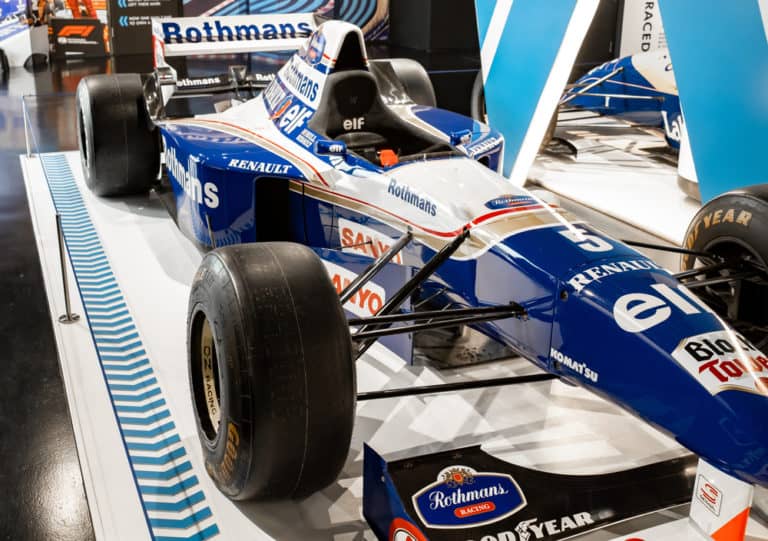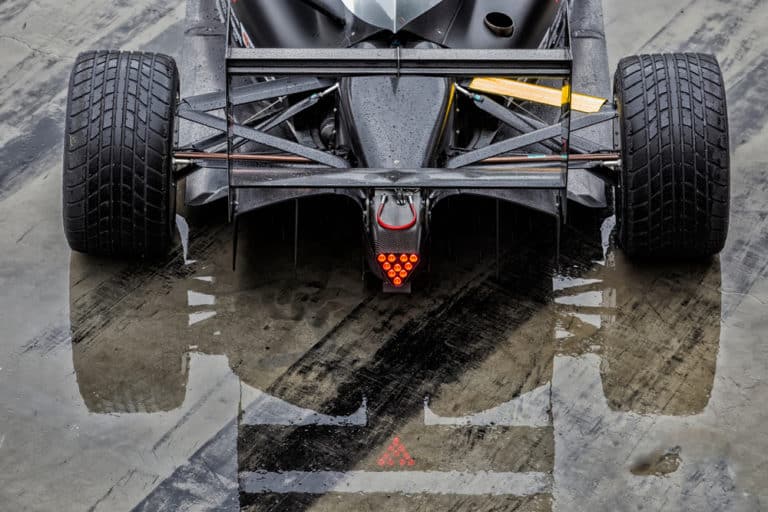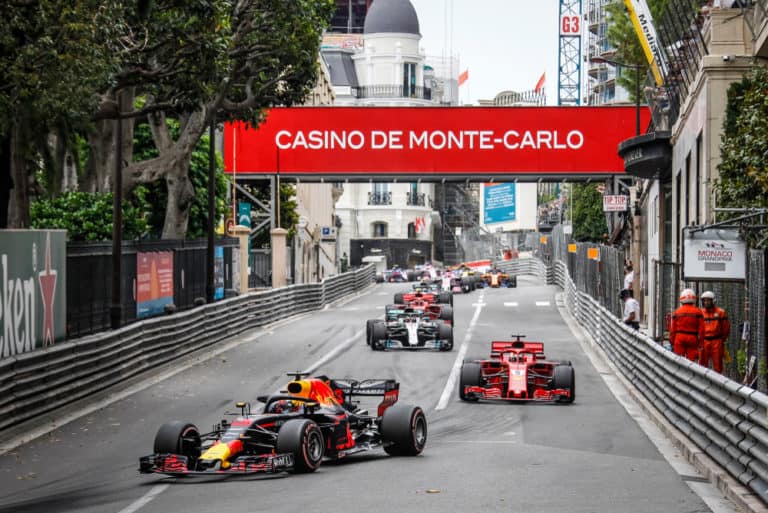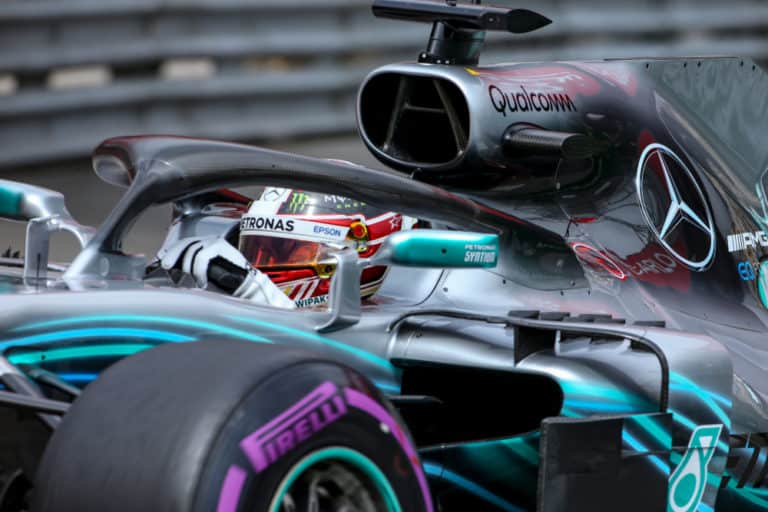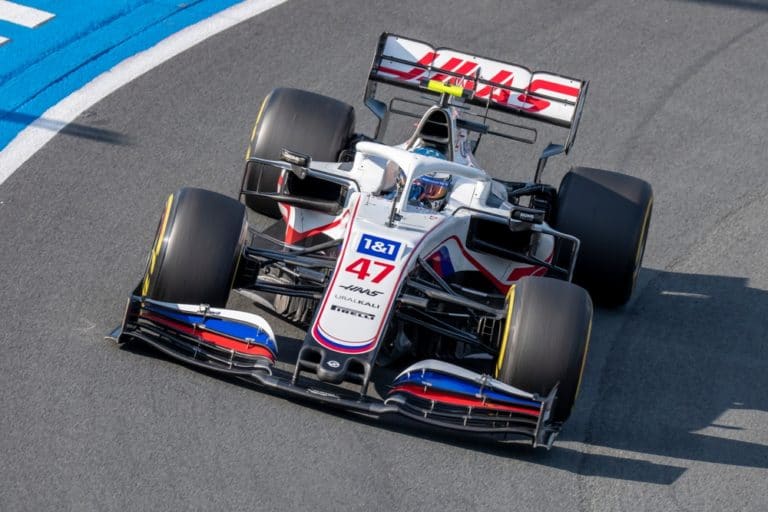Have you ever wondered where those marshals who suddenly appear on a formula 1 track after an accident come from? One of the wonderful traits of motor racing is that almost all backup roles that enable the racing event are manned by volunteers who are there for no other reason than the joy of participating.
The aspiring marshal must follow the recommended steps as prescribed by the controlling racing body in the country in which they are resident. The route normally requires the person to follow a period of internship and training, and only after several years do they qualify for a role in formula 1.
If you want to be actively involved in Formula 1 racing but can’t afford the tickets, becoming a marshal is an excellent way of achieving your dream. It is not an easy or direct route to Formula One, and there is no pay involved; however, if you are passionate about motorsport, it is worthwhile.
If you’re looking for some F1 merchandise, check out the awesome stuff at the official F1 store here.
Anyone Can Apply To Be A Formula 1 Marshal
There are very few restrictions that prevent anyone from becoming a formula 1 marshal.
Officially the following are the requirements.
- There is no age limit that could disqualify anyone from marshaling
- Children between 11 and 17 qualify as cadet marshals, as long as an adult accompanies them.
- Marshals must be excellent. Health and do not need assistance.
- Marshals need to be passionate about formula 1 as they are expected to continue their duties irrespective of the weather conditions.
- Marshals need to be committed because they will not start their duties at an F1 event and must first graduate as a level 1 Registered Marshal.
What Category Of Marshals Are There?
All marshall positions are specialists in nature.
There are categories of marshals, and each one is specifically trained for the role they must fulfill.
The categories are.
- Chief Sector marshals.
- Track marshals.
- Digital flag marshals.
- Scrutineering marshals.
- Paddock and grid marshals.
- Observers.
Chief Sector Marshals
Each sector is normally staffed by
- Track marshals
- Flag marshals
- Digital flag marshals
- Fire and rescue marshals
- Recovery marshals
- Observers
It is the chief sector marshal who is responsible for the overall operations of the sector under their control,
Requirements To Become A Chief Sector Marshal
A chief sector marshal will have completed all of the required training. They will have had a long history in marshaling, not only in Formula 1 but also in the other motorsport disciplines in the country they reside.
Track Marshals
Track marshals are probably the best-known type of marshal.
They are the people who rush out onto the track after an accident and remove all of the broken pieces and other debris and sweep the track clean.
They are also required to help any of the other recovery marshals who may need help pushing cars off the track and hooking them up onto the cranes.
Requirements To Become A Track Marshal
To be a track marshal, the person will have completed the following.
- Registered with the marshal club in their country.
- The marshal club in their country provides the accreditation course.
- Attended a demonstration (taster) day to help them decide if it is something they want to do.
- The designate will then become a registered marshal (accredited).
- The designates will need to work their way through the various marshal grading schemes, which will take them through the following learning process.
- Marshal to Registered marshal.
- Registered marshal to Track marshal
- Track marshal to Experienced marshal.
- Experienced marshal can then upgrade to flag marshal. Post chief or incident officer.
- Post chief to Examining marshal.
Flag Marshals
Flag marshals spend their time in specific sectors around the F1 track and are responsible for flagging a race if there is an incident.
The meanings of the different colored flags are.
Red Flag
A red flag indicates a serious incident has occurred, and the session is stopped until further notice.
Yellow Flag
There is a hazard on the track when the yellow flag is displayed, and drivers have to reduce their speed.
While the yellow flag is waved, drivers cannot overtake each other.
Yellow And Red Vertically Striped Flag
When this flag is displayed, one of two conditions disrupts the track.
- If held out and not moved, the track is slippery due to oil, water, or loose debris.
- If it is waved from side to side, a small animal has got onto the track.
Green Flag
Once the conditions which caused the last flags to be displayed are cleared, a green flag is displayed, and the race can proceed normally.
SC Flag
An SC flag indicates that the safety car has been deployed, and overtaking is disallowed.
Blue Flag
If a driver is lapped by a faster car, a blue flag will be displayed, instructing the lapped driver to give way and not impede the quicker car.
Black Flag
A black flag indicates to a driver that he has been disqualified.
Black Flag With Orange Circle
A black flag indicates to a driver that his car has been damaged and he must return to the pits.
Flag With Black And White Triangle
This flag is designed to warn a driver of unsportsmanlike behavior and may be followed by a black flag.
Chequered Flag
The chequered flag is waved to indicate the ned of the race or other session.
Requirements To Become A Flag Marshal
A prospective flag marshal will already be a qualified track marshal and will need the following to move up to the new position.
- The different flags.
- Undergo a training module on report writing and communication.
- Pass an assessment.
Digital Flag Marshals
Digital track marshals perform the same functions as flag marshals; however, their role is to operate a remote control flag activation device.
The device displays the flag warning on the driver’s display when activated.
The training and entry requirements are the same as those required for flag marshals.
Fire And Rescue Marshals
Fire And Rescue Marshals are the first responders to tackle any fire or rescue incident during the event.
These crews are stationed strategically around the circuit.
- On each side of the track.
- In the Pit Lane.
- In Fire/Fast Intervention Vehicles (FIV).
And they remain under the control of the Race Control & Chief Fire.
Fire and rescue marshals are a group who receives the greatest amount of training and are also subject to multiple annual assessments to keep them operational.
Requirements To Become A Fire And Rescue Marshal
Four steps must be completed to become and continue as a Fire And Rescue Marshal.
- Acceptance for training.
- Maintenance of license.
Acceptance For Training
The prospective trainee will need to spend some time at the track over several different events.
They must attend an approved training event which includes a fire course and radio procedures.
The prospective trainee must have a first-aid certificate.
Be recommended by the crew chief.
Training
The trainee must have a trainee certificate.
Collect 8 signatures of a crew chief at race, rally, and speed events, with at least three from at least two occasions.
Attend and qualify for two 2 full-day training sessions.
License Acceptance
Attend a full-day license acceptance demonstration and demonstrate competence and familiarity with all of the equipment to a team of assessors.
Maintenance Of License
Attend and pass three yearly assessments.
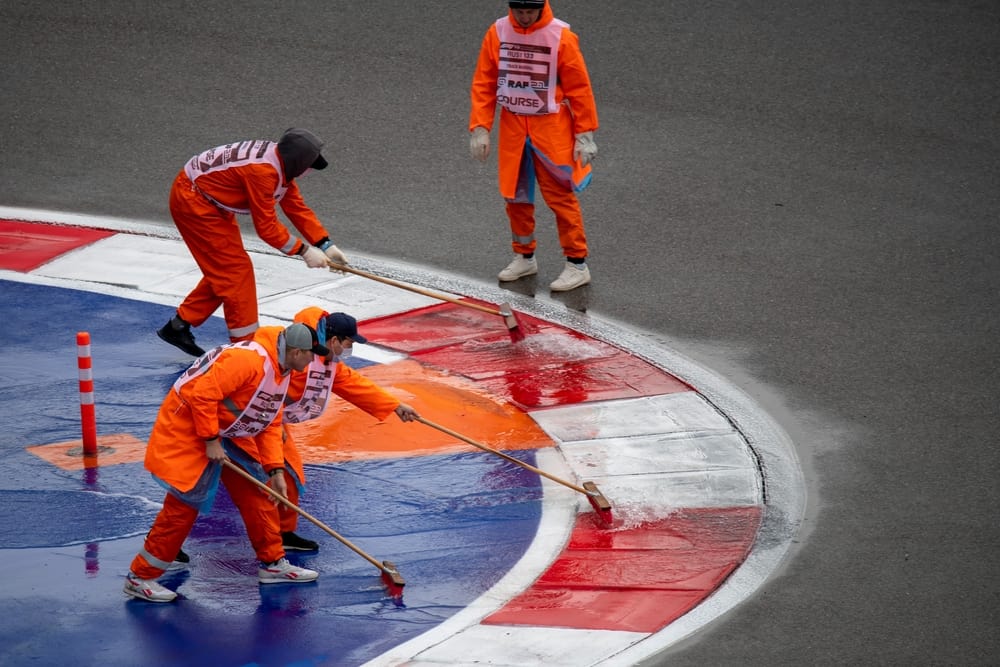
Recovery Marshals
Recovery marshals man the tow trucks and recover the immobile cars or their remains from around the circuit.
They return the damaged vehicles to the paddock, pit lane, or Scrutineering Bay.
Requirements To Become A Recovery Marshal
Recovery marshals must attend at least two training events per year to develop the skills and for the continual re-assessment required.
Scrutineering Marshals
Scrutineers check the racing cars for safety and ensure they are eligible for the race.
The cars are scrutineered every day of a racing event. They are also examined after they are involved in accidents and then rebuilt.
Scrutineers are also responsible for weighing a representative portion of the cars from the racing field to ensure that the minimum weight requirements have been complied with.
The Scrutineers work under the direction of the FIA.
The Chief Scrutineer has to ensure that the appropriate equipment required by the FIA is available.
Requirements To Become A Scrutineering Marshal
The prospective scrutineer is required to complete the following.
- Scrutineer training is a modular development program led by an official trainee scrutineer. Two modules have to be completed.
- A theory-based module.
- A practical module will need to be completed by attending several events and working with different Scrutineers.
- Two Scrutineers must recommend the most senior scrutineers who attend formula 1 events.
- The qualification can be maintained by attending two out of three annual seminars.
Paddock And Grid Marshals
Paddock and grid marshal set up the starting grid.
They control vehicles and people in the Pit Lane during the event.
Paddock and grid marshals are empowered to maintain a clean and safe working area for the competitors.
These marshals implement the rules of the event within pit lanes and on the grid and are followed.
They make sure the formula one cars are correctly lined up in the assembly area before moving on to the starting grid.
They will report on dangerous incidents, such as an unsafe release in the pit lane or a pit stop conducted in an unsafe way.
The paddock and grid marshals’ training will follow the same format as the training previously described for track marshals.
Observers
This group of people is also called communicators.
Observers are appointed at each marshal sector post strategically positioned around the track.
As their name implies, their role is to observe what is happening on the circuit and report it to Race Control.
Essentially observers are the eyes and ears of the Clerk of the Course, which involves them submitting impartial reports on racing incidents that occur in their sector.
Administrative Marshals
There is another group of marshals who receive no accolades for their contribution.
These are the administration marshals’ work behind the scenes doing administrative duties, which may include.
- Communicating between the marshal post chief
- Communicating with the Clerk of the course.
Do Marshals Get Paid For Their Work?
Unfortunately, marshaling is a voluntary position, and there is no specific payment for their services.
The intent is that motorsport enthusiasts will fill the roles and that just being involved is a sufficient reward. It is born out that this group of men and women carry out their tasks in some of the most dreadful weather conditions and often under very trying circumstances.
The rewards for a marshal are.
- Free entrance to the racing event.
- Being placed in marshal sector posts offers some of the best views of the particular event.
- Being able to be among some of the most well-known motor racing personalities.
- Some circuits will provide free meals for the marshals.
- Some circuits provide a stipend payment that covers traveling costs.
Conclusion
Being a marshal involves a real commitment in terms of time to attend the courses required and being available at the track irrespective of the weather conditions.
There are no financial rewards; however, if you are a passionate motorsports enthusiast, you get to participate at the coal face of the sport.


